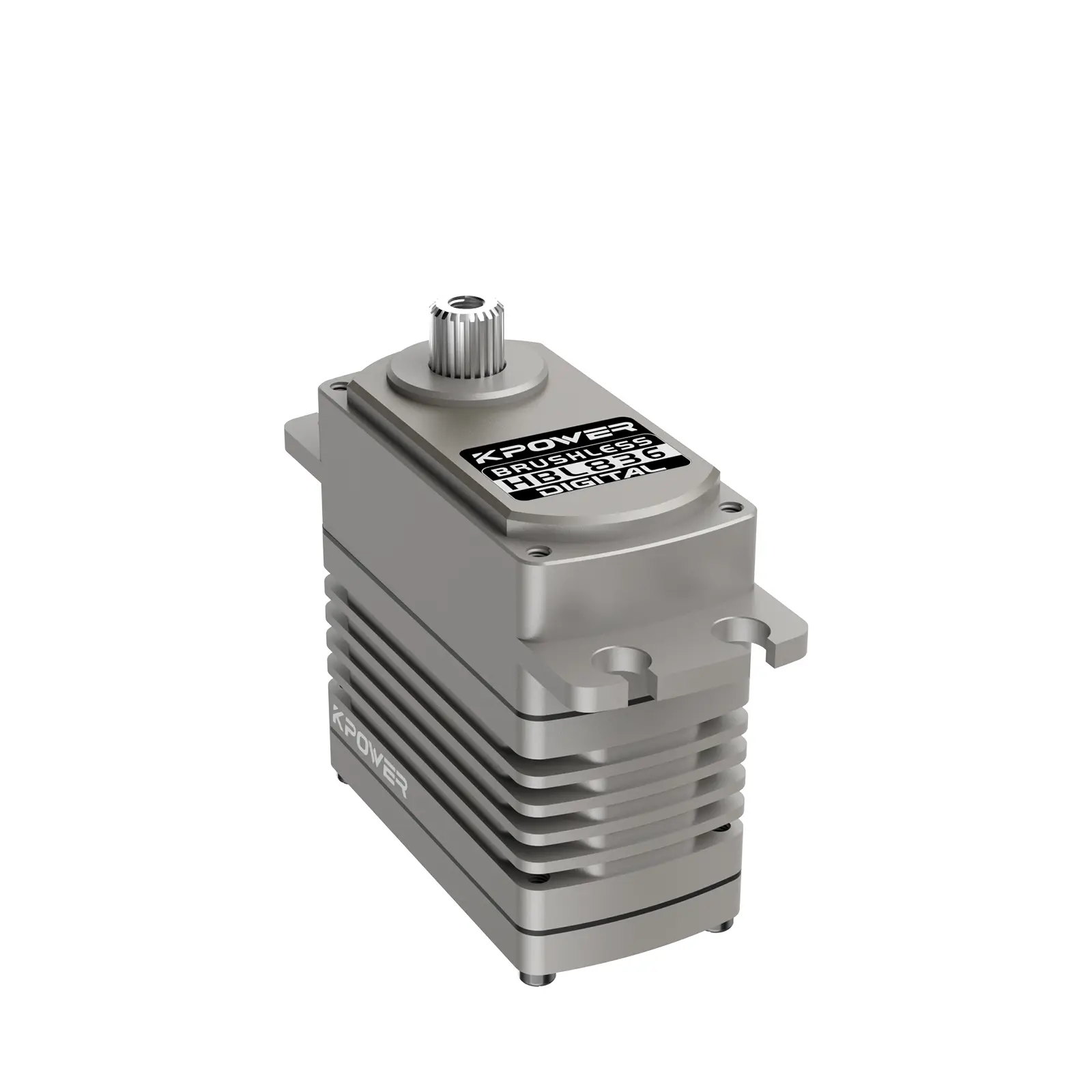The Heartbeat of Modern Machines: An Introduction to DC and Servo Motors
In the bustling world of industrial automation and robotics, motors are often unseen heroes—quiet yet powerful components that drive innovation and efficiency. Among these, Direct Current (DC) motors and servo motors stand out as particularly vital, each bringing unique advantages that make them indispensable in countless applications. Grasping their fundamentals not only unlocks a deeper appreciation for modern technology but also helps us understand how innovation continues to propel humanity forward.

What Are DC Motors? A Simple but Powerful Principle
At their core, DC motors operate on a simple principle: converting electrical energy into mechanical motion through the interaction of magnetic fields. They typically consist of two main parts—the stator (stationary part) and the rotor (rotating part). When a direct current flows through the motor’s armature coil, it creates a magnetic field that interacts with the magnetic field of the stator, producing a force that causes the rotor to turn.
The beauty of DC motors lies in their simplicity and controllability. They can be easily scaled from tiny micro-motors used in wristwatches to large industrial motors powering conveyor belts. Thanks to their design, control over speed and torque is straightforward, often just a matter of adjusting voltage or current.
Types of DC Motors: Tailoring Power to Needs
Different types of DC motors serve different purposes:
Brushed DC Motors: The classic design, featuring brushes and a commutator to switch currents and generate rotation. They are cost-effective and easy to control, making them ideal for many applications like toys, appliances, and small machinery.
Brushless DC Motors (BLDC): These remove the brushes and commutator, relying on electronic controllers. They offer higher efficiency, less maintenance, and better reliability, making them favorites in drones, electric vehicles, and computer hardware.
Series, Shunt, and Compound Motors: Variations designed to optimize torque or speed depending on the load and operation needs. Each has its niche, from high-torque startups to constant-speed operations.
Advancements and Innovations in DC Motor Technology
Today's DC motors incorporate new materials and smarter controls. For example, power electronics allow precise speed regulation and energy savings. Innovations like sensorless control methods reduce the number of components, lowering costs and increasing durability.
Moreover, integration with automation systems enables real-time monitoring and predictive maintenance, prolonging motor life and optimizing performance. These developments make DC motors more adaptable than ever, opening doors to new applications—from miniature medical devices to large-scale manufacturing.
Enter the Servo Motor: Precision in Motion
While DC motors excel at general-purpose motion, servo motors elevate the game to astonishing levels of precision and control. The term “servo” refers to a specialized control system that manages the motor’s position, speed, and torque with exceptional accuracy—essential for tasks requiring meticulous movements.
What Makes a Servo Motor Special?
A servo motor consists of a DC or AC motor coupled with a sophisticated feedback system, typically a rotary encoder or resolver. This feedback continually informs a controller about the motor's position and speed, allowing it to make real-time adjustments. In essence, the servo system 'locks on' to a target position or speed, correcting deviations instantly—much like how the human nervous system keeps our muscles coordinated.
This closed-loop control distinguishes servo motors from standard motors, enabling applications where even tiny errors are unacceptable. For instance, in robotic arms assembling tiny electronic components or CNC machining where millimeter-level accuracy is mandatory.
Types of Servo Motors: Exploring the Varieties
Servo motors come in various forms, optimized for different needs:
AC Servo Motors: Powered by alternating current, these are common in industrial robotics, CNC machinery, and manufacturing equipment. They are known for their high-speed operation and robustness.
DC Servo Motors: Often brushless or brushed, these are preferred in systems requiring fine, rapid control like camera gimbals or small robotic joints.
Linear Servos: Instead of rotary motion, these provide straight-line movement—useful in assembly lines and precision positioning systems.
The Control System: The Brain Behind the Motion
The intelligence of a servo system resides in its control circuitry—often a dedicated servo driver or controller—that interprets commands and feedback signals. Advanced algorithms like PID (Proportional-Integral-Derivative) control ensure the motor responds smoothly to position commands, minimizing overshoot and oscillations.
Modern servo drives can connect with industrial networks such as Ethernet/IP, EtherCAT, or CANopen, integrating seamlessly into larger automation systems. This connectivity is vital for synchronized multi-axis movements and complex automation sequences.
The Ever-Expanding Role of Servo Motors
From robotic surgical tools to satellite dish positioning, servo motors are everywhere where exacting control is non-negotiable. They enable machines to perform delicate tasks and rapid, repetitive actions with consistency—attributes that are transforming manufacturing and consumer electronics alike.
Bridging the Gap Between Power and Precision
While both DC and servo motors are central to motion control, their roles are often complementary. DC motors provide a simple, reliable power source with moderate control capabilities, suitable for a wide range of everyday applications. Servo motors, on the other hand, turn that power into precise, adaptable movement—an essential for advanced robotics, aerospace, and high-tech manufacturing.
As we look toward a future increasingly driven by automation and intelligent systems, the synergy between these motor types promises even greater leaps—more precise surgical robots, smarter manufacturing lines, autonomous vehicles, and beyond. The secrets to their ongoing revolution lie in continual innovation: better materials, smarter controllers, and integrated systems that make motion both effortless and exact.
Kpower has delivered professional drive system solutions to over 500 enterprise clients globally with products covering various fields such as Smart Home Systems, Automatic Electronics, Robotics, Precision Agriculture, Drones, and Industrial Automation.




































